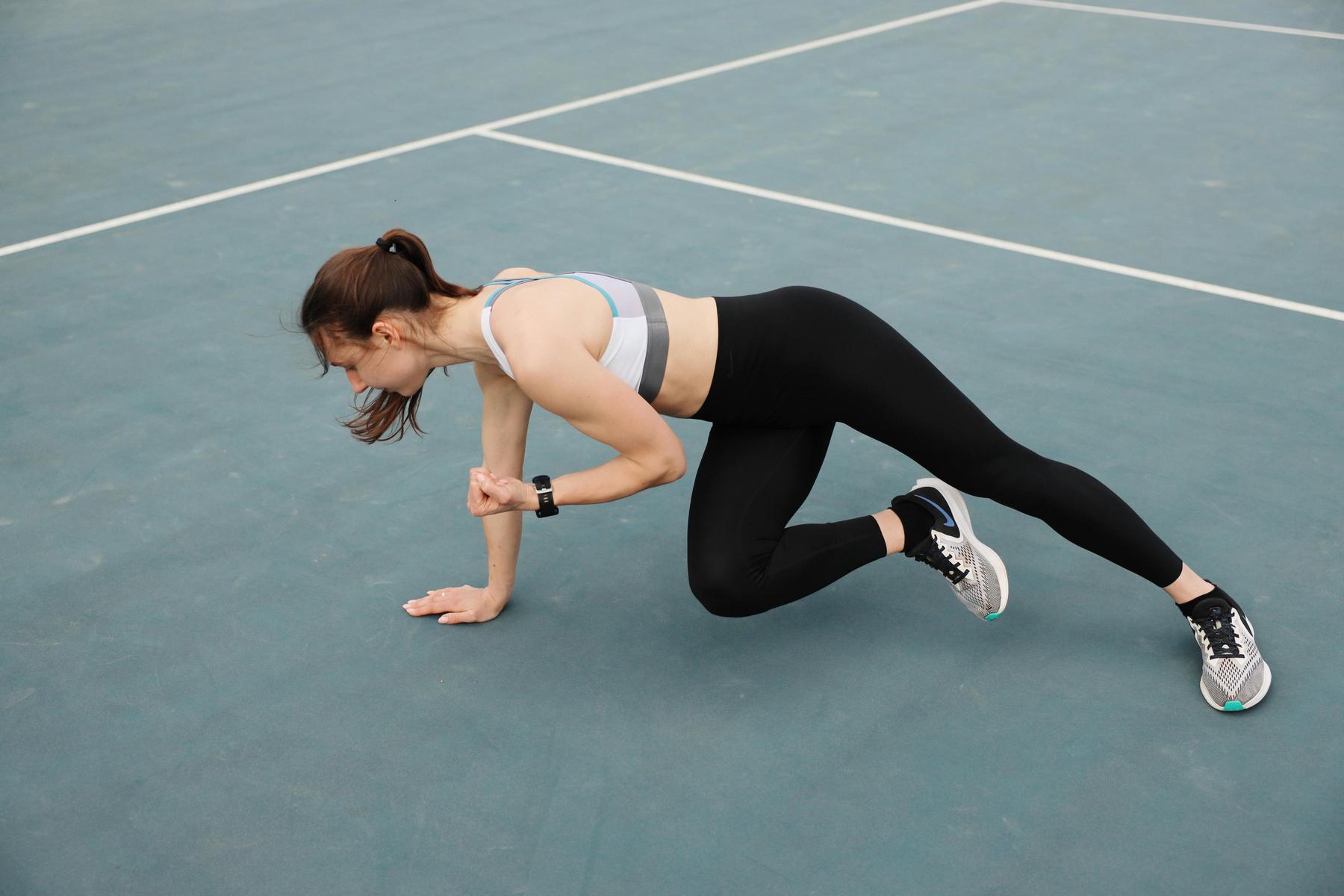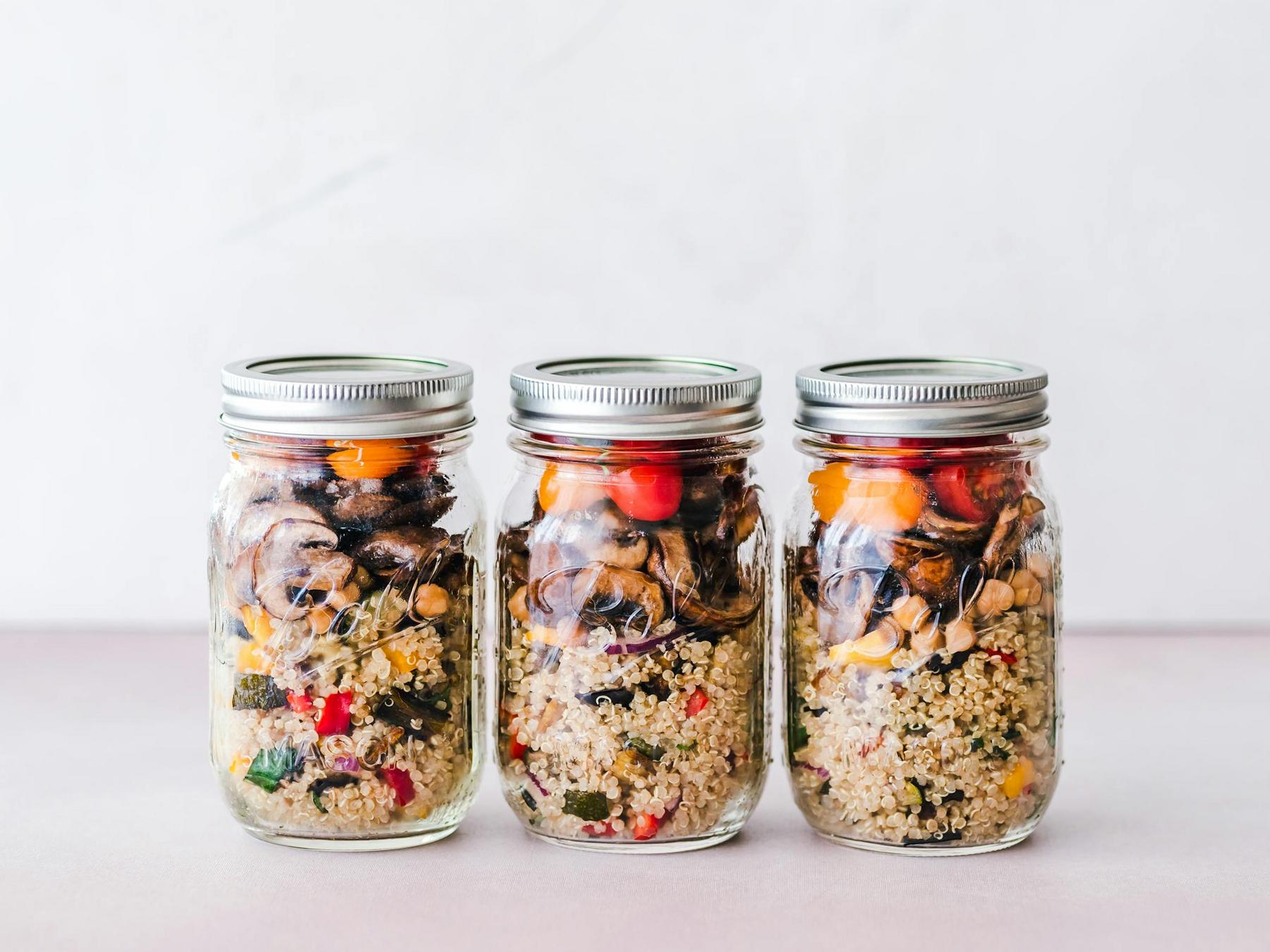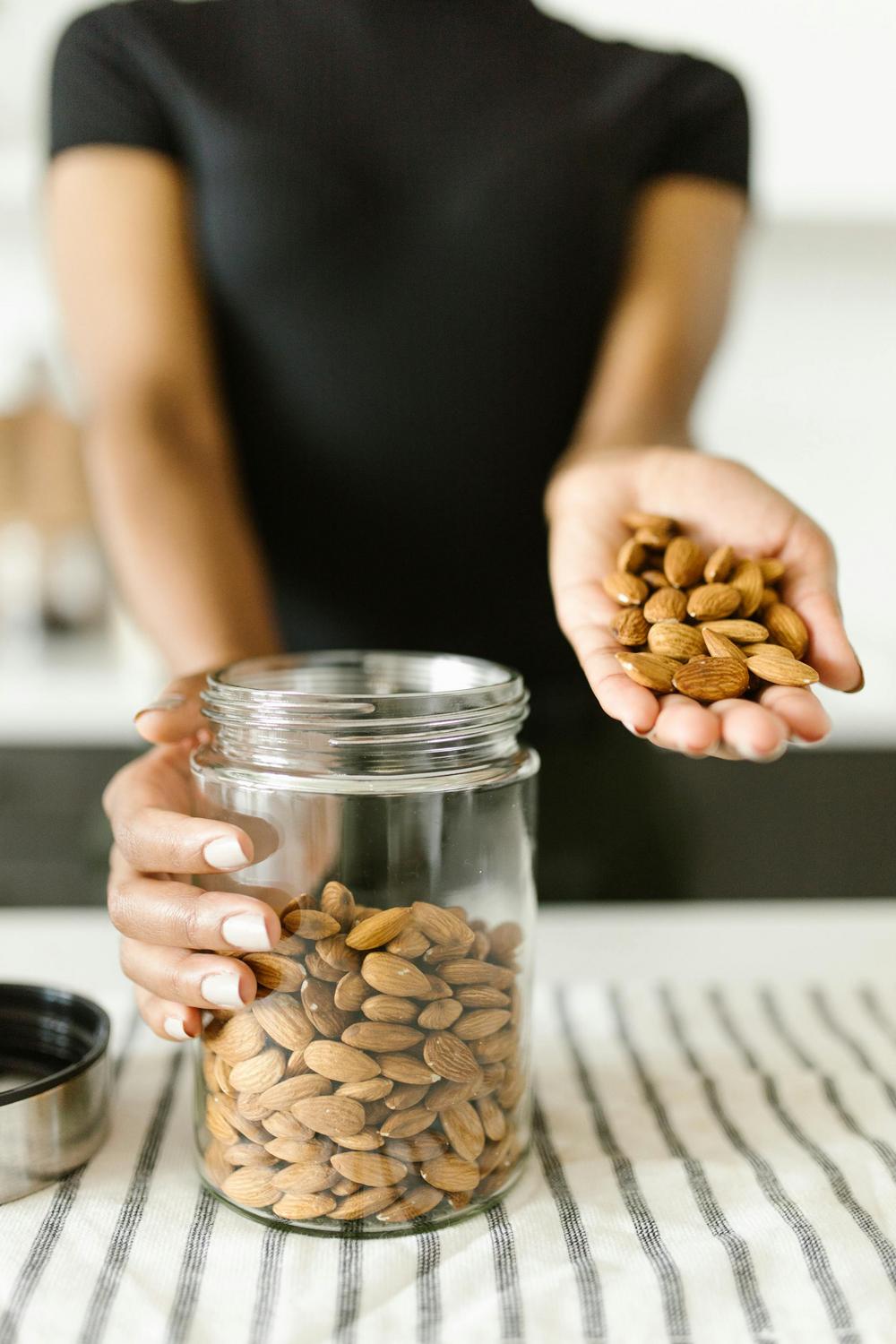In an age where gym memberships can be costly and finding time to visit fitness facilities increasingly challenging, calisthenics emerges as a scientifically validated approach to strength development that requires little more than your body and determination. For many Australians struggling with limited space, equipment, or time, this centuries-old training methodology offers a powerful solution to improved muscular strength, endurance, and metabolic health—all from the comfort of your home or local park. With 65.8% of Australian adults now classified as overweight or obese, accessible fitness options have never been more crucial. This comprehensive guide explores how calisthenics can transform your physical capabilities while requiring minimal investment in equipment.
What Are the Physiological Benefits of Calisthenics Training?
The science behind calisthenics reveals why this training modality stands as a formidable alternative to traditional weight training. Unlike isolated weightlifting exercises, calisthenics movements engage multiple muscle groups simultaneously, creating compound effects that mirror real-world functional movements.
Strength Development Mechanisms
Calisthenics induces muscle hypertrophy through mechanical tension that stimulates protein synthesis. When performing pull-ups, for example, your latissimus dorsi, biceps, and core stabilisers work in concert, creating powerful neuromuscular adaptations. This functional engagement enhances proprioception and intermuscular coordination in ways that translate directly to everyday activities like lifting objects or climbing stairs.
Research demonstrates that isometric holds in exercises like planks increase time-under-tension, promoting Type I muscle fibre endurance. A 12-week calisthenics intervention reduced body fat by 4.3% and improved HbA1c levels in diabetic patients, highlighting the metabolic impact of regular bodyweight training.
Cardiovascular and Metabolic Adaptations
High-intensity calisthenics circuits can elevate heart rates to 75–85% of maximum, comparable to treadmill running. This aerobic stimulus improves VO₂ max and enhances mitochondrial density in skeletal muscle, facilitating improved fat oxidation.
The Australian Institute of Health and Welfare reports that muscle-strengthening activities reduce all-cause mortality by 23%, underscoring calisthenics’ preventive health value. Dynamic movements like burpees and jump squats create an “afterburn” effect, elevating resting energy expenditure for up to 48 hours post-exercise—a significant factor for those seeking to improve body composition.
What Equipment Do You Really Need for Effective Calisthenics?
The beauty of calisthenics lies in its minimalist approach to equipment, making it accessible to virtually anyone regardless of financial constraints or living situation.
Essential Gear for Progressive Overload
While bodyweight provides the foundation for calisthenics training, strategic equipment additions enable advanced progression as strength develops:
| Equipment | Primary Benefits | Performance Improvement |
|---|---|---|
| Gymnastic rings | Increases instability during exercises | Boosts rotator cuff activation by 40% compared to fixed bars |
| Weighted vests | Adds resistance to fundamental movements | Elevates gluteus maximus EMG activity by 32% during squats |
| Resistance bands | Provides accommodating resistance | Maintains tension through full range of motion |
| Pull-up bar | Enables vertical pulling movements | Essential for balanced upper body development |
Government-funded studies classify these tools under “resistance training equipment,” which 24% of Australian adults utilise to meet muscle-strengthening guidelines. However, 76% achieve significant benefits through unassisted bodyweight exercises like push-ups and lunges, confirming calisthenics’ inherent accessibility.
Optimising Limited Space
The COVID-19 pandemic accelerated adoption of home-based routines, with chair-assisted workouts proving effective for core and lower-body conditioning. A 15-minute chair circuit targeting triceps dips, Bulgarian split squats, and Russian twists improved functional movement scores by 18% in sedentary adults.
For urban dwellers with limited space, outdoor calisthenics parks now exist in 37% of Australian municipalities, providing free access to pull-up bars and parallel dip stations. These facilities make advanced training possible without any personal equipment investment.
How Can You Progress from Beginner to Advanced in Calisthenics?
A systematic approach to calisthenics progression ensures continued strength development and prevents plateaus that might otherwise hinder progress.
Beginner-to-Advanced Periodisation
Novices should prioritise movement mastery through appropriate regressions. For example, incline push-ups at a 45° angle reduce load by approximately 50%, making them accessible starting points for those building chest strength. The Australian Physical Activity Guidelines recommend 2–3 weekly strength sessions, achievable through this evidence-based progression:
- Stability phase: Focus on wall sits (3×60s) and plank holds (3×30s) to build joint integrity and core stability
- Hypertrophy phase: Progress to 3×12 reps of push-ups and bodyweight squats with 90-second rest periods
- Strength phase: Advance to 4×6 pistol squat negatives and weighted pull-ups (adding 10kg resistance)
- Power phase: Incorporate plyometric push-ups and depth jumps for rate-of-force development
Intermediate practitioners benefit from undulating periodisation, alternating between high-rep endurance days (e.g., 5×20 lunges) and low-rep strength days (5×5 archer push-ups) to maximise adaptations across different energy systems.
Measuring Progress Objectively
Tracking performance metrics ensures continued advancement. Beyond simple rep counts, consider:
- Recording time under tension for isometric holds
- Measuring explosive power through jump height or distance
- Documenting decreased rest intervals between sets
- Tracking movement quality and range of motion improvements
These objective measures provide motivation and evidence of progress that might otherwise go unnoticed.
How Should Calisthenics Be Modified for Different Body Types?
Calisthenics can be adapted to suit individuals of all shapes, sizes, and fitness levels—making it particularly valuable for those with higher BMIs who might find traditional exercise modalities challenging.
Adaptations for Overweight Individuals
Excess adiposity alters biomechanics, increasing knee valgus during squats by 12° compared to healthy-weight controls. Calisthenics modifications can effectively mitigate joint stress:
- Step-ups: Reduce patellofemoral compression by 30% versus traditional squats
- Isometric wall presses: Build chest strength without excessive spinal loading
- Aqua calisthenics: Water buoyancy diminishes impact forces by 40–50%
A 12-week trial with obese participants (BMI≥35) using telehealth-guided calisthenics achieved 5.1% body weight loss and 16% improvement in mobility indexes, demonstrating the efficacy of properly modified bodyweight training.
Progression Strategies for All Body Types
Regardless of starting point, progression follows similar principles:
- Master fundamental movement patterns with appropriate modifications
- Gradually increase volume (sets and repetitions) before increasing intensity
- Introduce tempo variations (slow eccentrics, pause reps) to increase difficulty
- Progress to more challenging exercise variations as strength develops
This systematic approach ensures continued adaptation while minimising injury risk, making calisthenics suitable for virtually anyone.
How Does Telehealth Support Enhance Calisthenics Training?
The integration of telehealth services has revolutionised how Australians access fitness guidance, particularly for calisthenics training that can be performed at home.
Remote Coaching Methodologies
Modern telehealth models demonstrate how video consultations enhance calisthenics adherence through various technologies:
- 3D motion capture: AI algorithms analyse squat depth and spinal alignment in real-time
- Wearable integration: Heart rate variability data guides intensity adjustments during circuits
- Digital exercise libraries: Customisable programs track progress across hundreds of bodyweight movements
Patients receiving biweekly virtual coaching sessions improved exercise compliance by 58% compared to self-guided groups, highlighting the value of professional guidance even in remote contexts.
Clinical Integration for Weight Management
For individuals with BMIs above 27, the combination of structured calisthenics programming with medical weight management approaches shows particular promise. Research indicates that this integrated approach addresses both the physiological and behavioural aspects of weight management, with combined interventions achieving superior outcomes to either approach alone.
The Future of Strength Training: Why Calisthenics Matters
Calisthenics represents more than just a convenient exercise modality—it embodies a sustainable approach to fitness that aligns with Australia’s public health priorities. As we look toward addressing the nation’s growing obesity epidemic, scalable solutions like calisthenics offer meaningful pathways to improved population health.
When compared to traditional resistance training in controlled studies, calisthenics shows comparable hypertrophy gains when volume is matched. Eight weeks of push-ups versus bench press demonstrated similar pectoralis major growth (12.3% vs. 13.1%), challenging the notion that external weights are necessary for meaningful strength development.
The accessibility, affordability, and effectiveness of calisthenics make it a cornerstone of modern fitness approaches that can benefit Australians of all backgrounds, body types, and fitness levels. As telehealth services continue to evolve, the integration of medical guidance with structured calisthenics programming offers perhaps the most promising frontier in addressing the complex challenges of strength development and weight management.
How Often Should I Practice Calisthenics for Optimal Results?
The Australian Physical Activity Guidelines recommend 2-3 strength training sessions weekly. Research indicates that this frequency allows adequate recovery while promoting consistent progress. Beginners may start with full-body workouts twice weekly, while advanced practitioners might benefit from 4-5 sessions using a split routine that targets different movement patterns on alternate days. The key determinant is recovery capacity—each muscle group should be fully recovered before being challenged again.
Can Calisthenics Help with Weight Management?
Multiple studies confirm calisthenics’ efficacy for weight management. A 12-week calisthenics intervention reduced body fat by 4.3% while improving metabolic markers. High-intensity calisthenics circuits create an “afterburn” effect that elevates metabolic rate for up to 48 hours post-exercise. When combined with appropriate nutritional strategies and, where indicated, medical weight management approaches, calisthenics forms a powerful component of comprehensive weight management programs.
How Do Calisthenics Compare to Traditional Gym Workouts?
Research comparing calisthenics to traditional resistance training shows comparable muscle hypertrophy when volume and intensity are matched. Calisthenics typically engages more muscle groups simultaneously, enhancing functional strength and coordination. While maximum strength development may eventually require external loading, progressive calisthenics variations can challenge even advanced trainees. The primary advantage of calisthenics is accessibility—requiring minimal equipment and being performable anywhere.
Is Calisthenics Suitable for People with Mobility Limitations?
Calisthenics can be modified to accommodate various mobility limitations. Chair-assisted workouts provide stability for those with balance concerns. Wall-supported exercises reduce lower body loading for those with knee or ankle issues. Isometric holds build strength with minimal joint stress. A qualified healthcare professional or exercise physiologist can recommend appropriate modifications based on specific limitations, making calisthenics one of the most adaptable training methodologies available.
What Are the Most Effective Calisthenics Exercises for Beginners?
Beginners should master fundamental movement patterns through accessible variations. Incline push-ups against a wall or counter build upper body pushing strength. Chair-assisted squats develop lower body capacity while reducing knee stress. Supported rows using a table edge develop pulling strength. Planks build core stability essential for progression. These foundational movements establish proper form and build baseline strength before advancing to more challenging variations like standard push-ups, full squats, and pull-ups.



